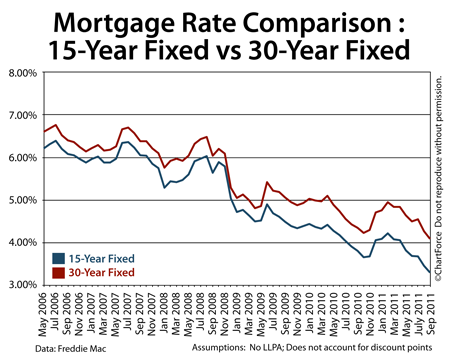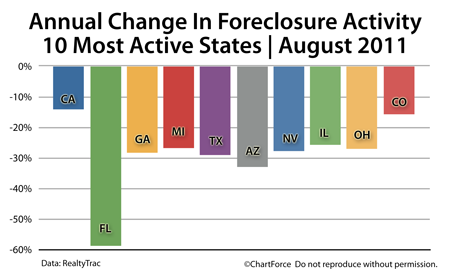 Mortgage bonds worsened last week as Eurozone default fears eased abroad, and expectations for a domestic stimulus increased.
Mortgage bonds worsened last week as Eurozone default fears eased abroad, and expectations for a domestic stimulus increased.
Mortgage rates rose for the first time in three weeks last week, pushing conforming and FHA mortgage rates in Ohio off their all-time, historical lows. Rates were at their lowest Tuesday morning, then rose through Friday’s afternoon closing.
Markets open this week with an eye toward the world’s central banks.
In the Eurozone, central bankers (continue to) discuss the debt burdens of Greece and whether a coordinated intervention is necessary. Without it, some economists believe that the nation-state will default on its sovereign debt, which would then create additional financial stress within other nations in the region.
Italy is included among those countries.
In the United States, central bankers are making equally-important choices.
The Federal Open Market Committee will emerge from a 2-day meeting Wednesday and is expected to announce new stimulus for the U.S. economy.
Since 2009, the Federal Reserve has twice stimulated the economy via an open-market, bond buying initiative. The programs created demand for mortgage bonds which, in turn, lowered mortgage rates for U.S. homeowners. If the Fed chooses this path a third time, expect for mortgage rates to fall in Cincinnati.
If the Fed’s sponsored stimulus is something else, however — or if the Fed choose to do nothing — mortgage rates may rise.
There is economic data due this week, including the Existing Home Sales and Housing Starts report, but it will be the world’s central bankers that sit in spotlights.
Expect volatile mortgage rates this week. Wall Street can only guess what governments will do to stimulate their respective economies and can lead to wild swings in pricing. The “safe play” is to lock a rate while we’re still near all-time lows.
Once rates reverse higher, they’re expected to rise quickly.


